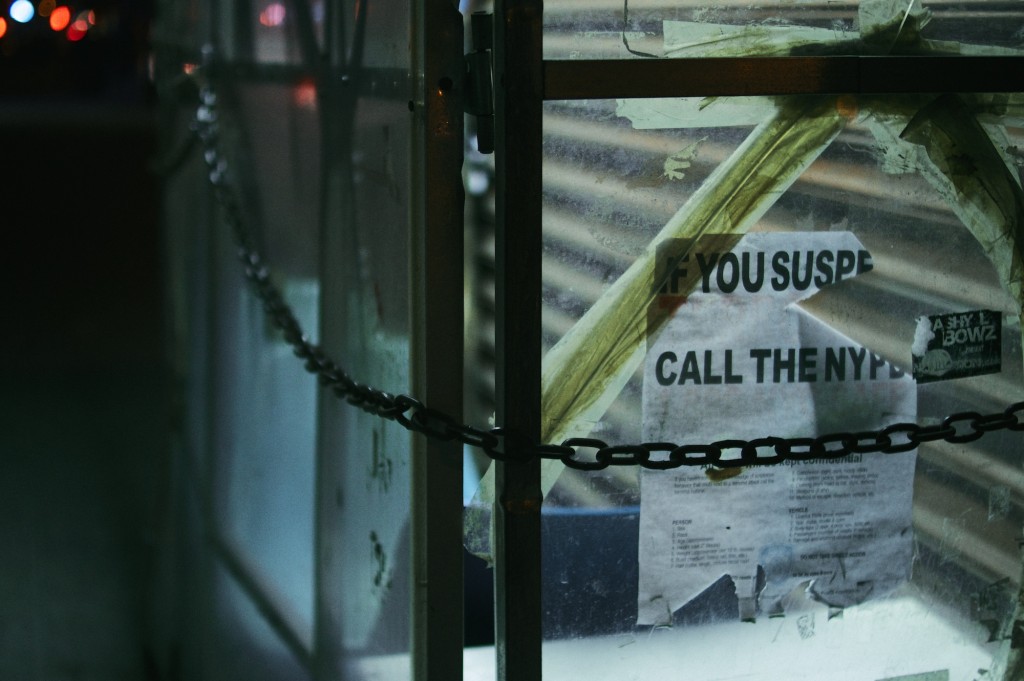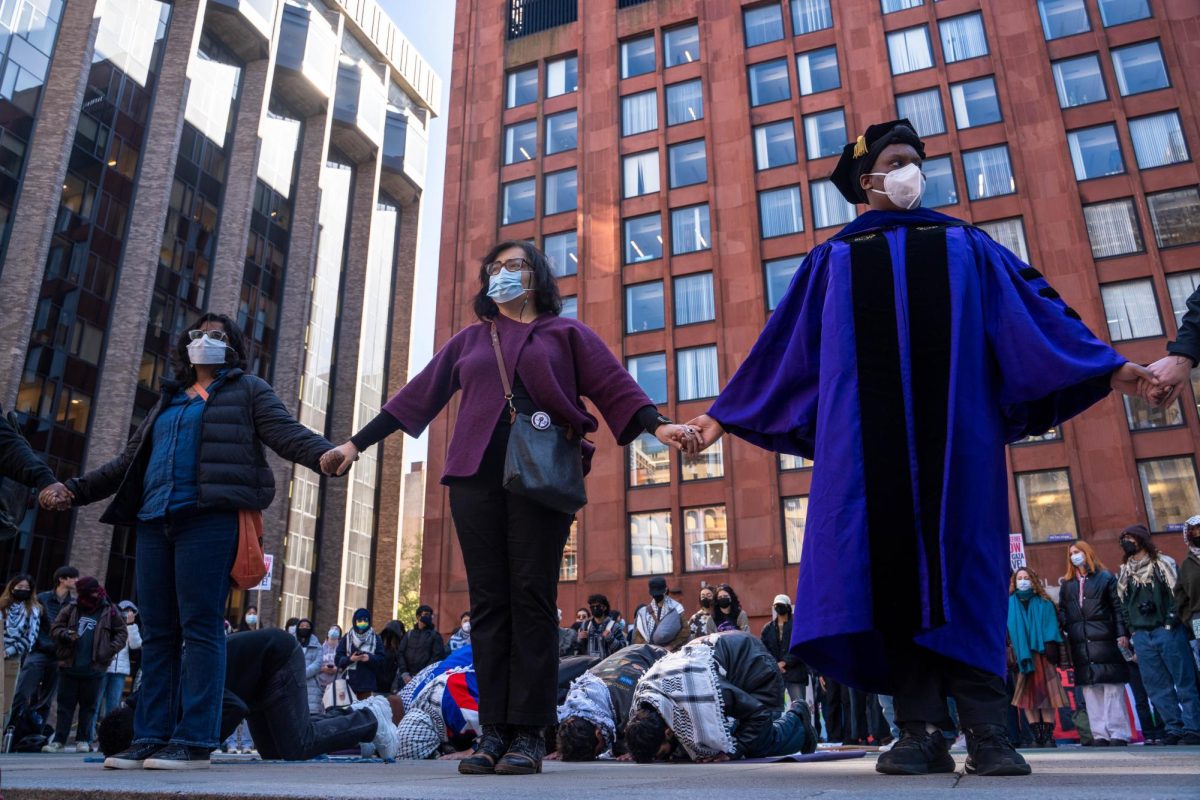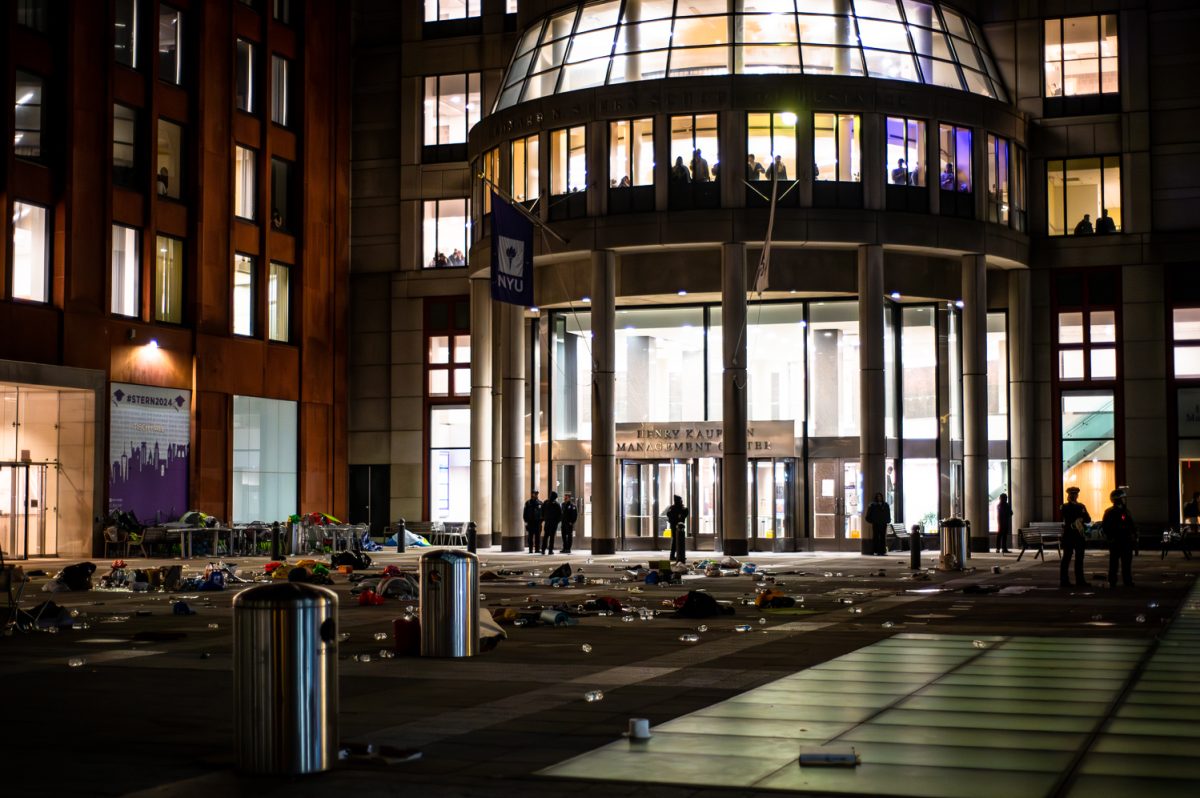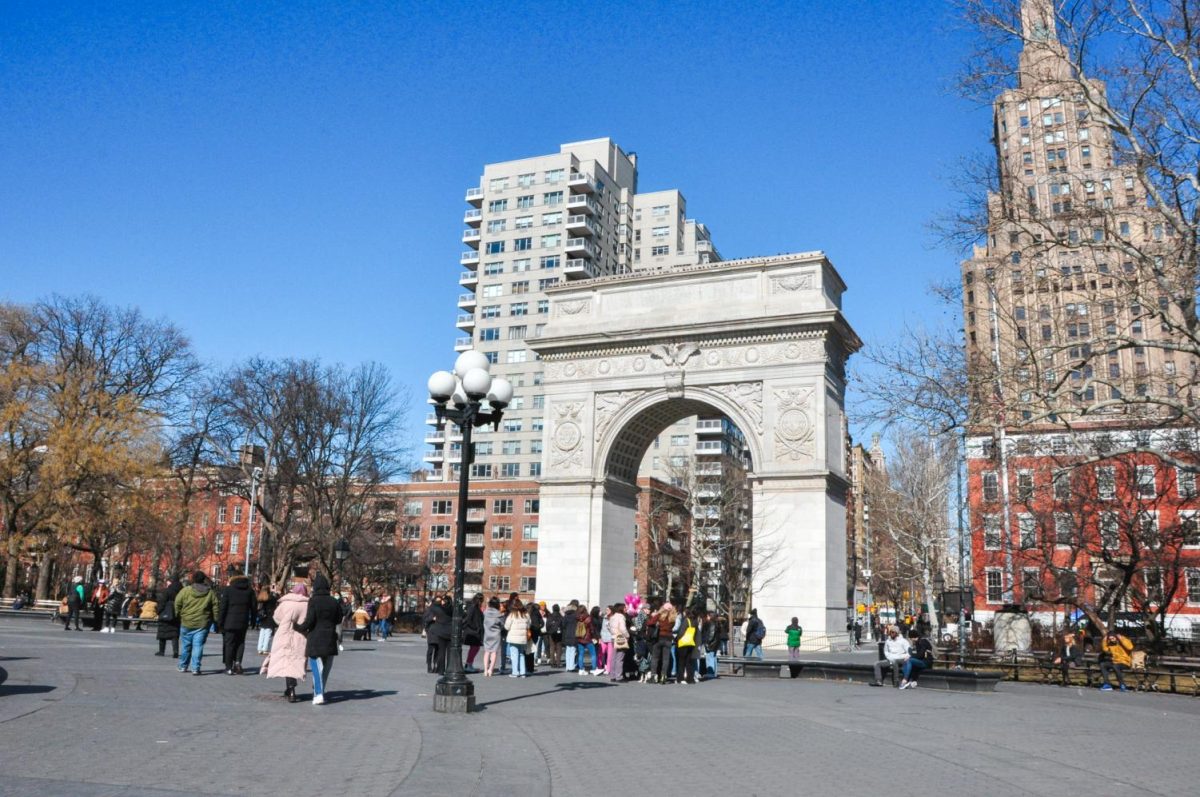
Many people attribute the decrease in crime in New York City during the mid-1990s to the efforts of the New York Police Department. Last month, however, David F. Greenberg, a professor of sociology at NYU, challenged this premise in “Justice Quarterly.”
In 1994, Bill Bratton became the new police commissioner of the NYPD and brought with him new policing tactics. These tactics included the broken windows theory, in which small crimes in problem areas are given more attention as a way to prevent more serious crimes from ensuing.
Other innovations include the CompStat computer system, which geographically maps crimes, and officers’ stop-and-frisk strategy, in which an officer can frisk a person he or she suspects could commit or has already committed a felony or misdemeanor. Many people attribute these practices to the decline in crime in New York City, but Greenberg’s research disputes these claims, and he criticizes both the broken windows theory and stop-and-frisk.
Greenberg explains in his study how “much of the research that has been done evinces limitations and weaknesses that render it incapable of providing a definitive explanation.”
Many studies that show how the NYPD was the catalyst only use data from a short time period, according to Greenberg. Another problem Greenberg addresses is that previous studies focused on the New York City area as a whole. Greenberg’s own research and analysis effectively resolves both of these issues with the help of Richard Rosenfeld, who invited Greenberg to collaborate with him.
Rosenfeld, a criminologist and professor in the Department of Criminal Justice at the University of Missouri, St. Louis and former president of the American Society of Criminology, showed data of the New York City area from 1988 to 2001 and analyzed the rates of different crimes in all the city’s precincts. This allowed Greenberg to come up with interesting conclusions about the NYPD.
He found that the rise in stop-and-frisk arrests between 1988 and 2001 had no correlation to a decline in violent crimes. He also discovered that prison admission rates and police force sizes decreased during this period — further evidence to support his belief that the NYPD was not contributing to a reduction in felonies.
However, Greenberg cannot pinpoint the cause for the sudden decrease in crime in the ’90s.
“No one knows for sure what did bring about the crime drop,” Greenberg said.
Possible causes include stabilization of the market for crack cocaine, reduced price of illegal drugs leading to less violence and less theft and removal of lead from the environment.
Beau Shaw, a professor of philosophy at NYU, grew up in New York during the 1980s and suspects a different cause.
“The creation of the perception of a more effective police force was a way of advertising the city as a harmless place to potential wealthy tourists and residents, whose increased presence in New York has contributed to the reduction in crime,” Shaw said.
Greenberg, Rosenfeld and David Weisburd, another collaborating criminologist, are continuing their analysis and research on this much-debated topic.
A version of this article appeared in the Thursday, Feb. 14 print edition. Helen Owolabi is a contributing writer. Email her at [email protected].










































































































































